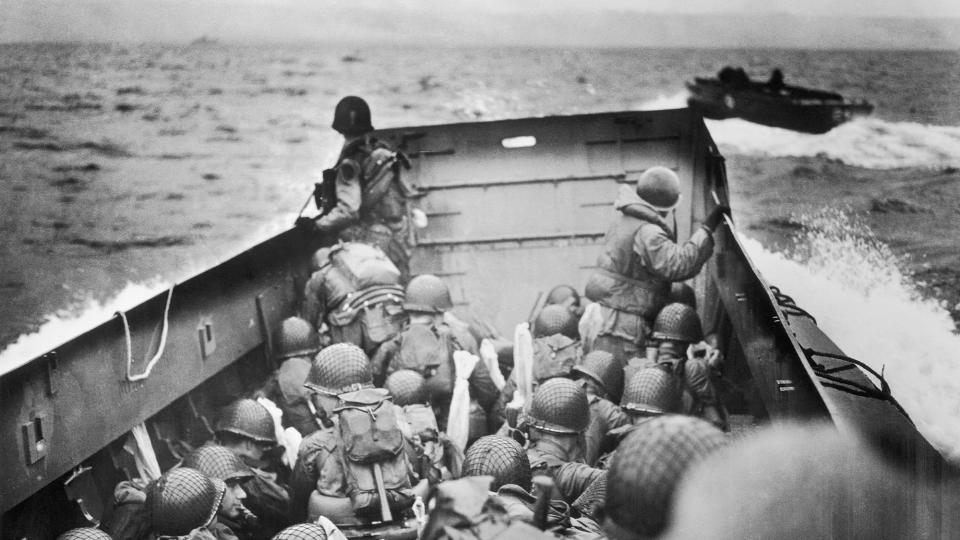The invasion of Normandy in France was a pivotal battle during World War II, but D-Day could have had a different outcome or even been launched on a different day had it not been for important information from meteorologists and the position of the moon.
D-Day involved 150,000 Allied troops crossing the English Channel to invade Nazi-controlled Europe.
Troops would reach the beach via small wooden boats with flat bottoms and walls just six inches from the top of the waterline.
And the high seas in the channel would sink them.

The place where the invasion would take place was chosen because Allied planes could take off from Britain, carry out their bombing raids and return with one tank of petrol.
However, those pilots needed to see the targets clearly, and low cloud would have made the mission impossible.
The Nazis also filled the water with mines, so the Allies had to carry out the invasion at high tide.
The perfect conditions needed for a successful invasion included the need for a full moon, high tide, clear skies and calm water – as calm as possible.
And those conditions were expected on June 5 and 6, 1944.
General Dwight D. Eisenhower’s weather team was led by Group Captain James Stagg. He was a Scot who trusted science and desperately tried to convince Eisenhower that the area’s fine weather was about to change, and the forecasts he received indicated that June 5 would be too stormy for the invasion to proceed safely to bring.
But Stagg was up against guys like Irving Krick, a sort of famous meteorologist who was a consultant to the film industry.
7 TIMES AFFECTED WAR


He was old-fashioned and relied heavily on data from old weather forecasts to predict the weather.
Krick insisted that the invasion take place on June 5, but Stagg won the day and it took place on June 6.
Stagg gets a lot of credit, but he got help from Ireland.
And it would take decades for the thanks and appreciation to trickle down to Maureen Sweeney.
On the night of June 2, 1944, Sweeney reported bad weather in the region, and that information was then forwarded to Allied officials.
According to the BBC, Sweeney then received a call from someone with an English accent asking him to confirm the weather report.
She did confirm the report, the invasion was postponed until June 6, 1944 and the rest is history.
Source of original article: How did weather affect the D-Day invasion?







